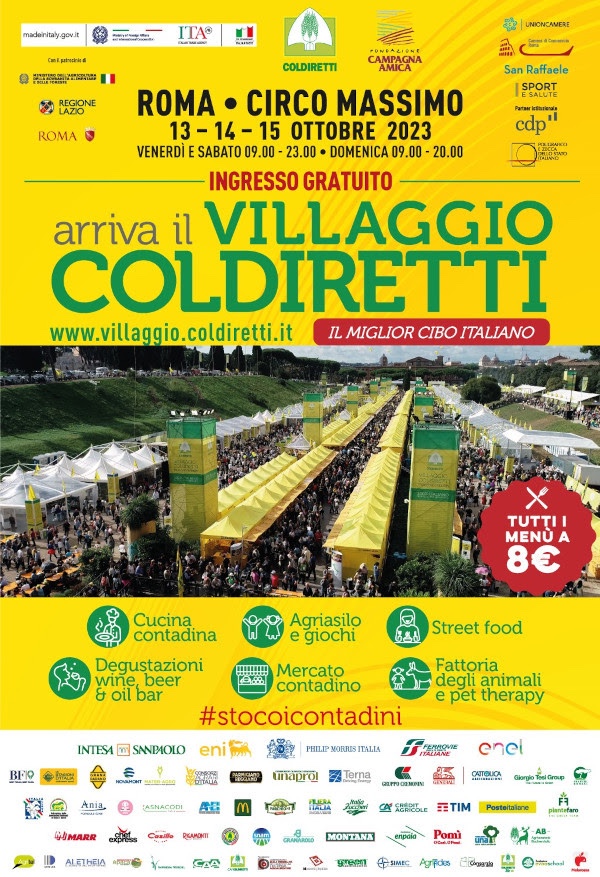Congratulations!
USDA is funding projects in 26 states for up to 4 years, using funds from FY2014 and FY2015. USDA will issue a separate request for applications in FY16, and in subsequent years. Fiscal year 2014 and 2015 awards are:
Pilot projects (up to $100,000, not to exceed 1 year):
Yolo County Department of Employment and Social Services, Woodland, Calif., $100,000
Heritage Ranch, Inc., Honaunau, Hawaii, $100,000
Backyard Harvest, Inc., Moscow, Idaho, $10,695
City of Aurora, Aurora, Ill., $30,000
Forsyth Farmers’ Market, Inc., Savannah, Ga., $50,000
Blue Grass Community Foundation, Lexington, Ky., $47,250
Lower Phalen Creek Project, Saint Paul, Minn., $45,230
Vermont Farm-to-School, Inc., Newport, V.T., $93,750
New Mexico Farmers Marketing Association, Santa Fe, N.M., $99,999
Santa Fe Community Foundation, Santa Fe, N.M., $100,000
Guilford County Department of Health and Human Services, Greensboro, N.C., $99,987
Chester County Food Bank, Exton, Pa., $76,543
Nurture Nature Center, Easton, Pa., $56,918
Rodale Institute, Kutztown, Pa., $46,442
Rhode Island Public Health Institute, Providence, R.I., $100,000
San Antonio Food Bank, San Antonio, Texas, $100,000
Multi-year community-based projects (up to $500,000, not to exceed 4 years):
Mandela Marketplace, Inc., Oakland, Calif., $422,500
Market Umbrella, New Orleans, La., $378,326
Maine Farmland Trust, Belfast, Maine, $249,816
Farmers Market Fund, Portland, Ore., $499,172
The Food Trust, Philadelphia, Pa., $500,000
Utahns Against Hunger, Salt Lake City, Utah, $247,038
Opportunity Council, Bellingham, Wash., $301,658
Multi-year large-scale projects ($500,000 or greater, not to exceed 4 years):
Ecology Center, Berkeley, Calif., $3,704,287
Wholesome Wave Foundation Charitable Ventures, Inc., Bridgeport, Conn., $3,775,700
AARP Foundation, Washington, D.C., $3,306,224
Florida Certified Organic Growers and Consumers, Gainesville, Fla., $1,937,179
Massachusetts Department of Transitional Assistance, Boston, Mass., $3,401,384
Fair Food Network, Ann Arbor, Mich., $5,171,779
International Rescue Committee, Inc., New York, N.Y., $564,231
Washington State Department of Health, Tumwater, Wash., $5,859,307
Descriptions of the funded projects are available on the NIFA website.


